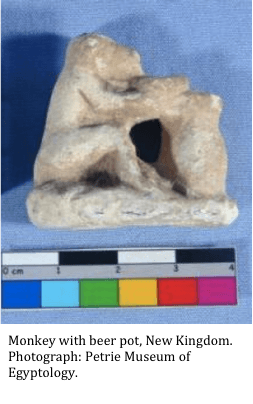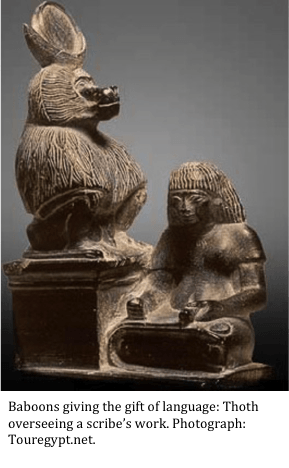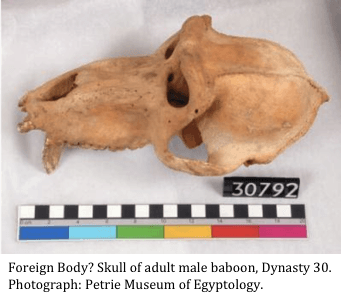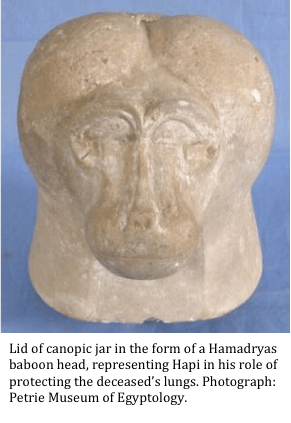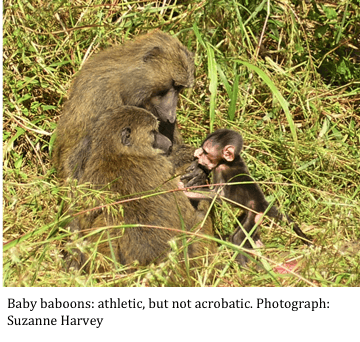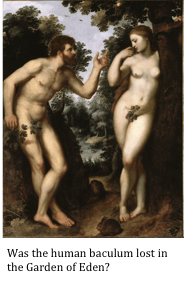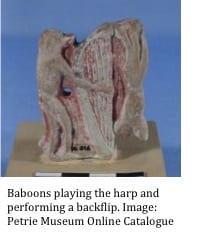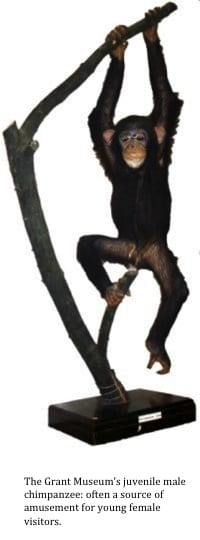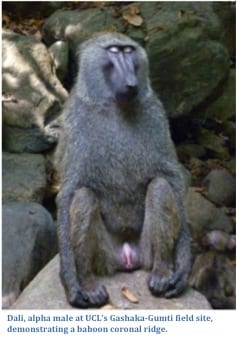Sexual Conflict in Nature and Museums: Specimen Ratios and Duck Genitalia
By Suzanne M Harvey, on 18 November 2013
 by Suzanne Harvey
by Suzanne Harvey
The Duck Penis Controversy of 2013 is well known amongst science bloggers, evolutionary anthropologists and Fox News viewers alike [1]. Now, the time has come for the worlds of museum collections and duck genitalia to collide.
There are some interesting facts about duck penises. For example, they measure a third of the length of the duck’s body, and they cannot become erect outside of the female duck’s vagina (or, as we will find out later, a man made substitute created in the name of science)[2]. Probably most surprising of all, duck penises are corkscrew shaped. However, in March 2013, Fox News conducted a poll in which 89.14% of respondents agreed that the research that brought us these fascinating facts was a waste of public money. At a time when funding for basic science research is becoming more and more difficult to obtain, I disagree with 89.14% of Fox News respondents. And as is so often the case, by clicking on links that come up in a search for ‘penis’, we miss the fact that the most interesting findings of this research come from the vagina. The duck penis controversy not only gives us the opportunity to talk about research, but also the curious bias towards male specimens in museums.
Specimen Ratios and Sexual Dimorphism

Duckling preserved in fluid.
Research sugests 97% are of
ducklings are voluntarily
conceived despite
forced copulations.
Photograph: Grant Museum
of Zoology.
On first arrival at the Grant Museum of Zoology, or indeed most natural history museums, it’s not obvious that the vast majority of specimens on display are male. But why is this the case? One possible explanation is the sexual dimorphism present in many species – the fact that males and females often look different, either in colouring or size [3]. Specifically, males are often larger than females due to competition for mates and sexual selection, and thus make more impressive specimens for display. Perhaps the most obvious example of sexual dimorphism at the Grant is the giant deer at the entrance to the museum, with his imposing 3.6m wide antlers.
It’s also been suggested that male animals were seen as a greater challenge and a more impressive trophy for the Victorian hunters who collected zoological specimens [4] – an acquisition policy that would not be used by the modern day Grant Museum! As well as this unavoidable bias in the specimens on display, some of the most popular blogs on this site have focused on the penis. With the onset of the duck penis controversy, we now have an opportunity to redress this balance, and assess the value of duck genitalia research from a more feminine perspective…
Corkscrews, Angles and Dead Ends: Welcome to the Duck Vagina
That ducks have corkscrew shaped penises is obviously a fact worth knowing, but surely the more interesting question is why do ducks have corkscrew shaped penises? The answer comes from sexual conflict. Forced copulations are common in ducks, presenting an evolutionary problem for females who only want to mate with high quality males of their choice. Females are rarely able to physically resist forced copulations, so in order to control the father of their offspring, their genitalia have evolved an elaborate structure that effectively prevents unwanted suitors from fathering offspring.
Here’s where the research comes in. By creating four substitute duck vaginas from glass tubes (one straight, one twisting in the same direction as a penis, one twisting in the opposite direction from the penis, and one with a sharp bend) researchers were able to assess which shape effectively prevents ducks from depositing semen at the site of fertilisation. The actual duck vagina is a combination of a sharp angle, and a anti clockwise spiral that twists in the opposite direction to the penis. As confirmed by the experiment, this makes it very difficult for males to inseminate females. The female must solicit males with a particular posture in order to make fertilisation likely, therefore gaining control over which males they breed with. In fact, while forced copulations are common, only 3% result in fertilisation.

Glass substitute duck vaginas. A combination of
the two examples on the right most closely represents
an actual duck vagina. Photograph: adapted from
Brennan et al. 2009.
Ducks then are an example of the males and females of a species evolving equally elaborate genital anatomy under the pressures of sexual conflict and sexual selection. There are certainly some impressive male specimens in the Grant Museum, but those giant antlers and corkscrew penises did not evolve without the female of the species.
Suzanne Harvey is a PhD student in Biological Anthropology, working on social interactions and communication in wild olive baboons. She is also a teaching assistant on the UCL Arts and Sciences BASc, a new interdisciplinary degree, and can be found on twitter @suzemonkey.
References
[1] Yong, Ed. (2009). Ballistic penises and corkscrew vaginas – the sexual battles of ducks. Not Exactly Rocket Science. http://scienceblogs.com/notrocketscience/2009/12/22/ballistic-penises-and-corkscrew-vaginas-the-sexual-battles/
[2] Brennan, P., Clark, C., & Prum, R. (2009). Explosive eversion and functional morphology of the duck penis supports sexual conflict in waterfowl genitalia. Proceedings of the Royal Society B: Biological Sciences DOI: 10.1098/rspb.2009.2139
[3] Machin, R. (2008). Gender Representation in the Natural History Galleries at the Manchester Museum. Museum and Society 6(1) 54-67. ISSN 1479-8360.
[4] Shamloul, R., El-Sakka, A., & Bella, A. J. (2010). Sexual selection and genital evolution: an overview. Journal of Sexual Medicine (7): 1734–1740.
 Close
Close



